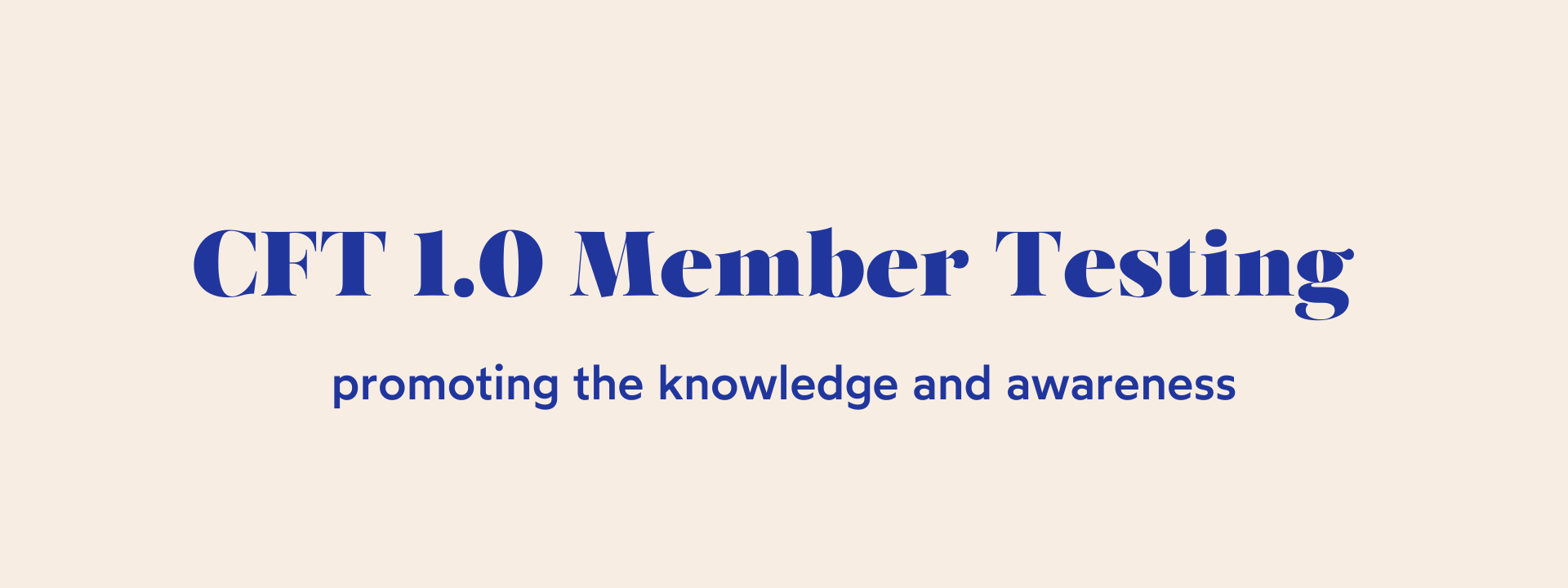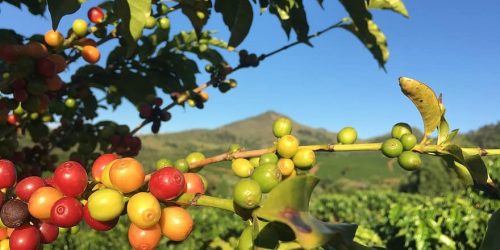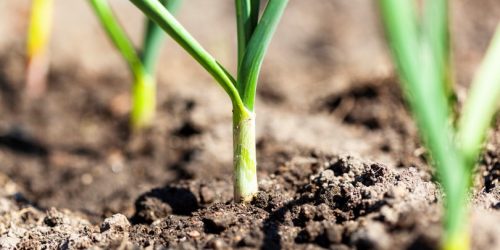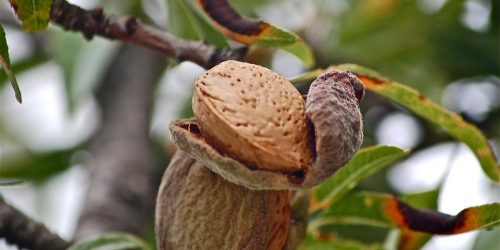In the following, we are highlighting these findings to promote the knowledge and awareness of all Cool Farm Tool users, and to continue to strive for transparency and credibility. Please read carefully and consider this information for your future activities in the tool.

Carbon stock changes due to tillage practices and land use change
With the updated models of IPCC 2019, the expected change of carbon stocks due to changes in tillage practices to reduced till lead to some surprising results, depending on soil moisture regime. While a change from conventional to no-till will still show carbon sequestered, a change from conventional to reduced till in dry soils in any climate is assumed to reduce soil carbon by 1-2 % (with a margin of error of up to 7% depending on the climate) – meaning soil releases rather than sequesters carbon. There are also updates for land use change to note, where approximately 1% carbon loss is observed rather than carbon sequestration when moving from arable to grass in tropical moist climates.
This is contrary to prior IPCC guidance and will likely cause changes in emission results for assessments whose soil moisture regime is dry. Despite expected worries from users, we strive to offer a credible, trustworthy quantification tool based on the latest scientific knowledge. Therefore, the methodology in CFT 1.0 has been adapted to meet these newest insights and the updated IPCC 2019 factors.
Please find details on relative carbon stock change factors in the IPCC 2019 refinement – Volume 4, chapter 5, page 5.27.
Forest & Tree Biomass
During Testing of IPCC 2019 Forest Biomass factor updates, some unexpected behaviour in the forest land use change calculations has been been discovered. Also, in the section “out of crop biomass changes”, it has been found that in CFT 0.11, the data entry point asking for the number of trees planted/lost overestimated the results for carbon storage/release by a factor of four. These issues were fixed as part of the CFT 1.0 updates and added to the calculation issue list on our release plan page with further clarification.

Waste water
The waste water treatment options as well as related emission factors have been updated to IPCC 2019. The methodology is intended to only show changes in the emissions of waste water if the temperature of the farm is equal or higher than 15° Celsius. Any temperature that is lower than 15°C will not show changes in emission results even if the section is filled.
Potato Storage Temperature Method
The calculation of emissions based on the storage temperature entered in the potato pathway does not have a calculation issue but is working correctly. The misinterpretation of the required value and subsequent wrong data entry led to the assumption of a calculation issue.
Note that the temperature requested is a delta, meaning it is required to enter the difference between the average ambient temperature during time of storage and actual storage temperature (as described in the info button). Existing assessments should be checked and updated accordingly (if needed) to get accurate results.

Crop Protection
The emission factors for crop protection are now much more precise, as they are not single global averages but are applicable to the specific crop and pesticide types. Users should expect significant differences and much lower emissions as result of implementing WFLDB crop protection factors. Compared to the latest granular factors from WFLDB, the previous generic factors of 41kg CO2e/ha for soil and 21.5 kg CO2e/ha for seed and post emergence treatments were very high. We are confident the new factors are more accurate and reliable.
Languages
In the process of the versioning update, parts of the translations of the Cool Farm Tool pathways and metrics to other languages might result in a reset of changed text passages to the english version, thus making translations incomplete. If you encounter issues with language translations, please inform us via support@coolfarmtool.org.

+ + +
Editors Note, 04.03.2022: A sentence with updates for land use change was added to the section of carbon stock changes.

